We are all getting used to our new routines now that we are working from home, and many of our routines are probably a bit, if not a lot different from how they used to be, and this new way of working most certainly came with many new challenges in terms of employee productivity.
The problem with working from home is without other coworkers around to hold you accountable, you may not be as productive when working from home, because you’re not around other working individuals.
You can definitely be less productive at home because suddenly there are plenty of other distractions, whether it’s the kids, pets or the laundry. Along with distractions, working from home can make it really easy to be lazy and not as productive as you would be when you are required to focus in the office. Sleeping in can also be a problem because of not having to be in an office by a certain time and suddenly your actual working hours to be productive, are also reduced.
Many people probably find it relatively difficult to get into the zone and maintain the usual levels of productivity and this is one big reason why managers have the need to monitor Microsoft Teams to track employee activities wherever they are located.
Microsoft Teams performance monitoring
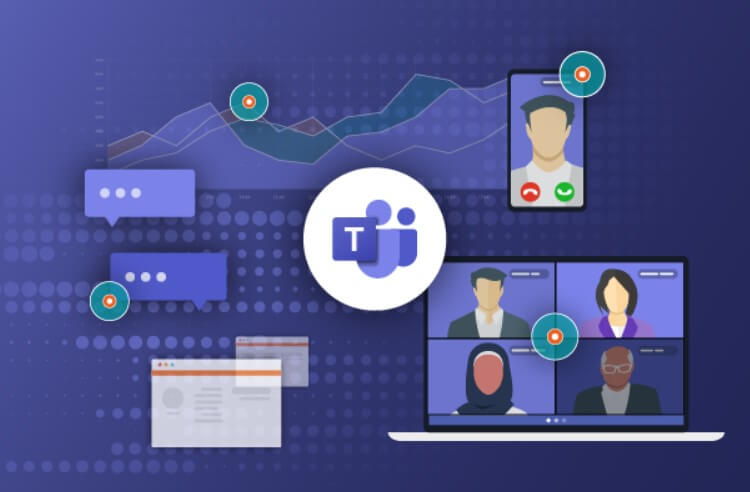
Many organizations are using Microsoft Teams now, especially since, due to COVID-19, many companies’ employees were forced to work remotely. This is great because Microsoft Teams is a hub for teamwork where people collaborate on projects, conduct meetings, share files, and even work together in other apps and services, and this really helps drive productivity, if used to its full potential. With employees all over the world leveraging Teams to work remotely, there is obviously some need for organizations’ management to monitor Teams and track employee activities within the application. Managers have a need to know things such as day-to-day device usage, activities such as team and private chats, call count, meeting count, and more. It is essential that organizations have this visibility of the connected workforce through monitoring and reporting. It is really essential for success, because as the saying goes, ‘You can’t manage what you can’t measure’.
Teams analytics tools give managers, for example, the ability to find out if their employees are continuing to be productive and engaged and having meetings on Microsoft Teams. They need to be able to know if users were active on Teams in the last month and on what type of device and especially also the number of calls and meetings being held. Insights about worker behavior in a handy dashboard will help managers to work out who might be struggling to maintain focus and productivity at home, and these insights will allow them to better support their Teams users.
This data on usage can also help diagnose specific technical problems or identify people having trouble with Office 365 applications. An employer, for example, you could see that a particular employee is attaching files to emails rather than sending a link via OneDrive. If an employer wants the office to use more cloud services, the manager could then send the employee a tutorial on sending shared files.
Here are some other data points that would be beneficial for employers to monitor in Teams in order to get more insights on whether users are remaining productive and collaborative:
- Access type. This usage report shows that not many users are using a certain device to access Teams. This may indicate that users aren’t sure how to do so, so this report informs managers who can then post step-by-step installation instructions for that specific device, which will help drive usage of a wider device range.
- Private vs Public messages. This type of usage report shows if users are primarily using Teams for private chats or public messages. If they are using it mostly for private chats, managers may want to review their team scenarios because users might be chatting outside the initial teams and channels that were set up.
- Last activity date. If they do not interact with the platform in a certain amount of time, managers can archive those teams or give some training to those teams.
- Channel activity. Managers can see which uses are most active by threads, messages, and replies. On the flipside, it can help them see which users aren’t using the Teams platform to its full potential and may need more training and support.
By having these valuable insights, an organization’s management can reach out to users to change their user behavior in order for them to be more productive and collaborative, even when working remotely.
With that said, having the numbers on something doesn’t mean you have any idea what’s going on with your employees, thus, another good option would be to ask users for their feedback with the use of bidirectional communication software, which organizations can leverage to, for example, show users a pop up right on the page and ask them for feedback: What’s missing for them whilst working remotely or How can the organization help them to maintain productivity in this time. Good communication software will enable organizations to get these valuable insights directly from users but to also communicate effectively with the right users at the right time by informing them of things such as a site on a SharePoint page that has moved or a new feature available in Teams so that they can continue working productively even when working remotely.
Getting the most from your remote workforce

Many business owners have faced uncertainties and challenges around remote workforce management, engagement, and productivity. That said, having the tools in place to work from home is relatively easy if the technology infrastructure is in place to support it and they have implemented a robust communication framework. Effective remote workforce management hinges on a combination of the right tools and the right mindset. An organization can have an extraordinary, self-motivated team, but if management doesn’t set them up for success, employees will feel lost and unsupported, ultimately becoming disengaged and unproductive.
To maintain a level of business continuity, this is the time for organizations to really consider their technology. Organizations need to leverage virtual collaboration, project management and communication software as mentioned before.
Remember that communication is about more than managing people and projects. For a team all working in different locations away from each other, it’s also essential for maintaining morale and organizational culture. Organizations also need to consider things such as how they’ll celebrate achievements, recognize workers and have fun remotely. Over the internet, these things don’t happen automatically the way they do in a conventional office.
Managers can also support remote employees in the following ways:
- Regular check-ins to ensure that their concerns and questions will be heard. When they are stuck it will stifle their productivity.
- Providing several different communication technology options and encouraging employees to share information as needed.
- Setting expectations. Remote work becomes more efficient and satisfying when managers set expectations for the frequency, means, and ideal timing of communication for their teams.
- Providing opportunities for remote social interaction: One of the most essential steps a manager can take is to structure ways for employees to interact socially (that is, have informal conversations about non-work topics) while working remotely. This is true for all remote workers, but particularly so for workers who have been abruptly transitioned out of the office.
- Offering encouragement and emotional support: Especially in the context of an abrupt shift to remote work, it is important for managers to acknowledge stress, listen to employees’ anxieties and concerns, and empathize with their struggles.
To make a success of working remotely, it does take extra planning and requires organizations to make adjustments and acquire new technologies.
The truth is that remote working can be successful for businesses long-term, and might even present benefits for some businesses and their employees, so at the end of the day it can be a win-win situation.
Tools like CardioLog Engage offer a comprehensive adoption solution for Microsoft Teams collaboration, enabling organizations to monitor user engagement, foster collaboration, and drive adoption by providing actionable insights and analytics on team activities, communication patterns, and productivity metrics. Visit Intlock to learn more.
FAQs about Can You Monitor Employees in Microsoft Teams
What is Performance Tracing?
Performance tracing in Microsoft Teams involves monitoring various user activities to gauge productivity levels. Managers can view user activity reports showing trends over the last 7, 30, 90, or 180 days. This data can help identify patterns in employee performance and pinpoint areas needing improvement.
Can Microsoft Teams be used to track activity?
Yes, Microsoft Teams can be used to track activity. The platform offers detailed reports on user activities, such as the number of messages sent, meetings attended, and calls made. These insights allow managers to monitor how actively employees are using Teams and ensure they are engaged and productive.
Do Teams record screen activity?
Microsoft Teams allows meetings and calls to be recorded. These recordings capture audio, video, and any screen-sharing activities, making them useful for future reference and training purposes. The recordings are securely stored and shared within the organization, but they are automatically deleted after a certain period.
How does Microsoft Teams help in monitoring employee productivity?
Microsoft Teams helps in monitoring employee productivity by providing various analytics tools. These tools offer insights into user engagement, such as the frequency of chat messages, calls, and meetings. By analyzing this data, managers can identify employees who might be struggling and offer the necessary support to improve their productivity.
How can Microsoft Teams be used for team productivity tracking?
Teams productivity can be tracked through various reports and dashboards in Microsoft Teams. These tools provide information on device usage, activity levels in team and private chats, and participation in meetings. This data helps managers understand how teams are collaborating and where there might be gaps in communication or productivity.
Why is monitoring employee productivity important in Microsoft Teams?
Monitoring employee productivity in Microsoft Teams is essential, especially with the rise of remote work. It helps ensure that employees remain focused and productive despite working from different locations. By monitoring activities such as chat frequency, meeting participation, and device usage, managers can better support their teams and maintain high productivity levels.
What are some benefits of using Microsoft Teams for employee monitoring?
Using Microsoft Teams for employee monitoring offers several benefits:
- Visibility: Managers can see detailed reports on user activities, helping them understand how employees are using the platform.
- Support: Identifying productivity issues early allows managers to provide timely support and training.
- Collaboration: Insights into team activities can improve collaboration and ensure that all team members are engaged.
- Technical Assistance: Monitoring data can help diagnose technical problems and guide users toward better practices, such as using cloud services efficiently.
Related Topics:
- How to Use Microsoft Teams Effectively
- Microsoft Teams Features to Use in 2024
- Microsoft Teams vs Viva Engage (Yammer): Which Communications Tool Should You Use?
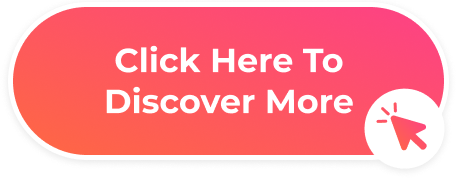



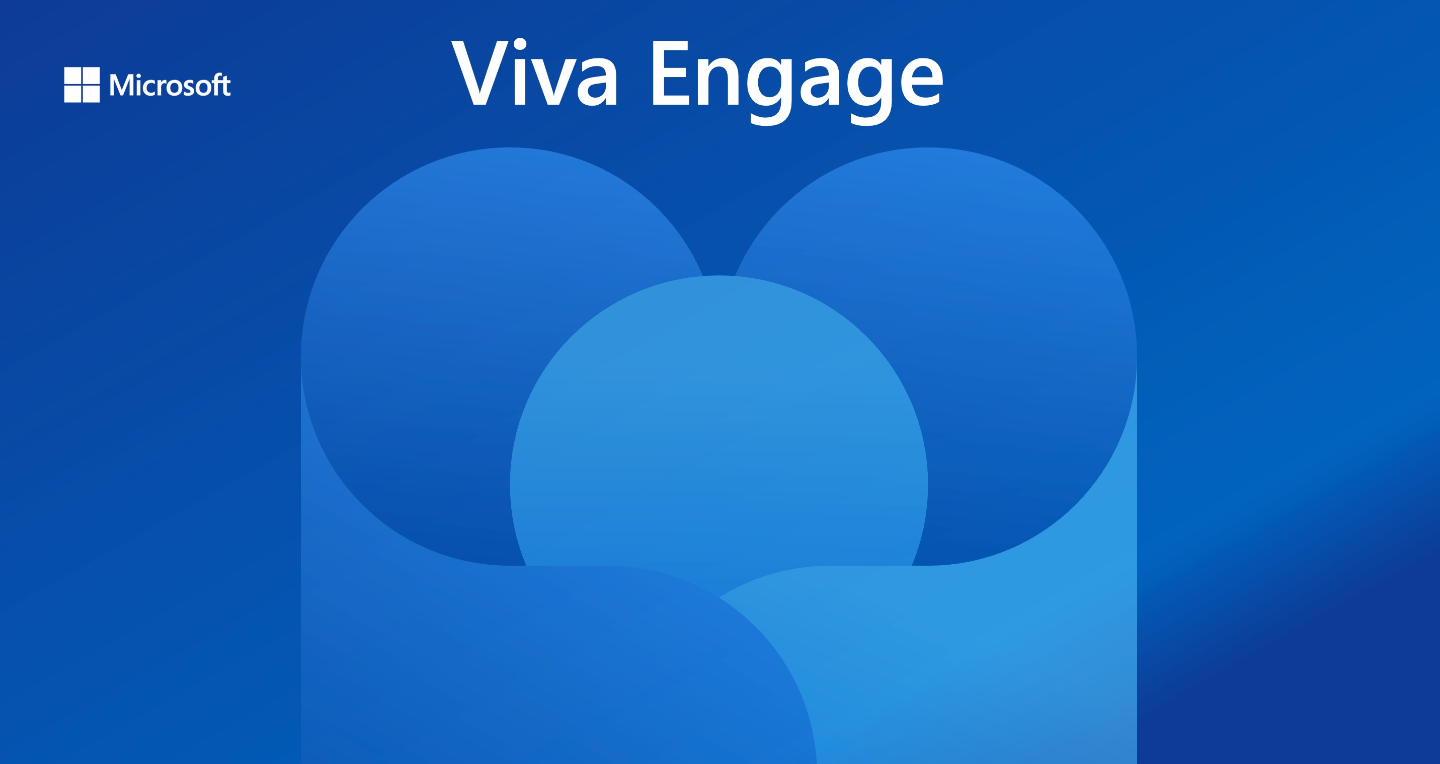
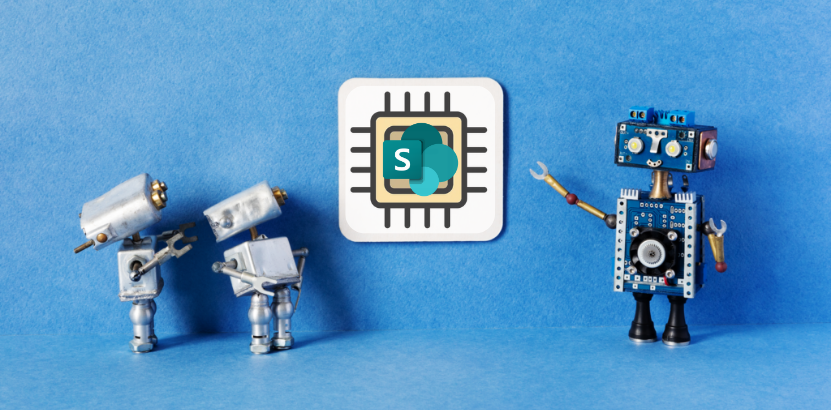

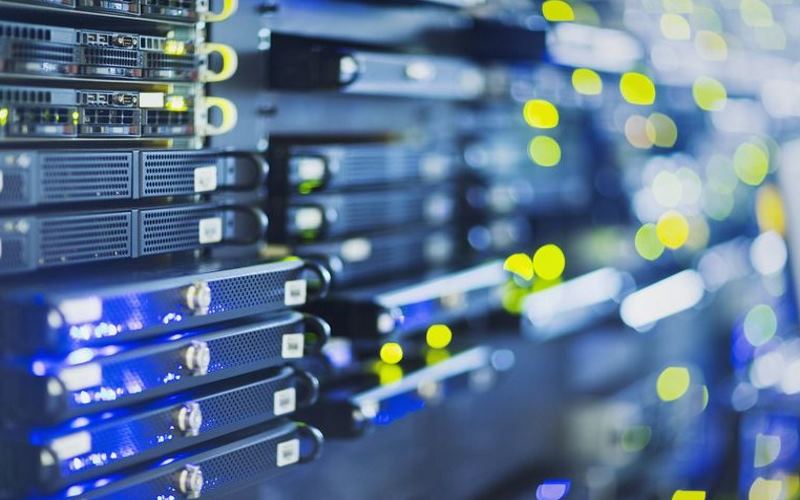
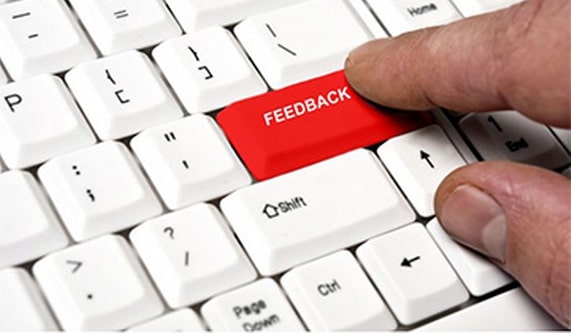

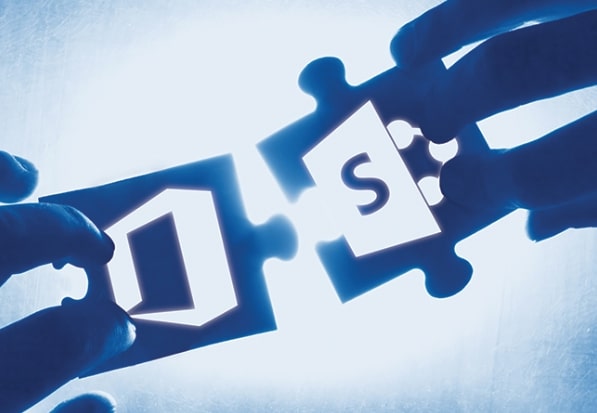
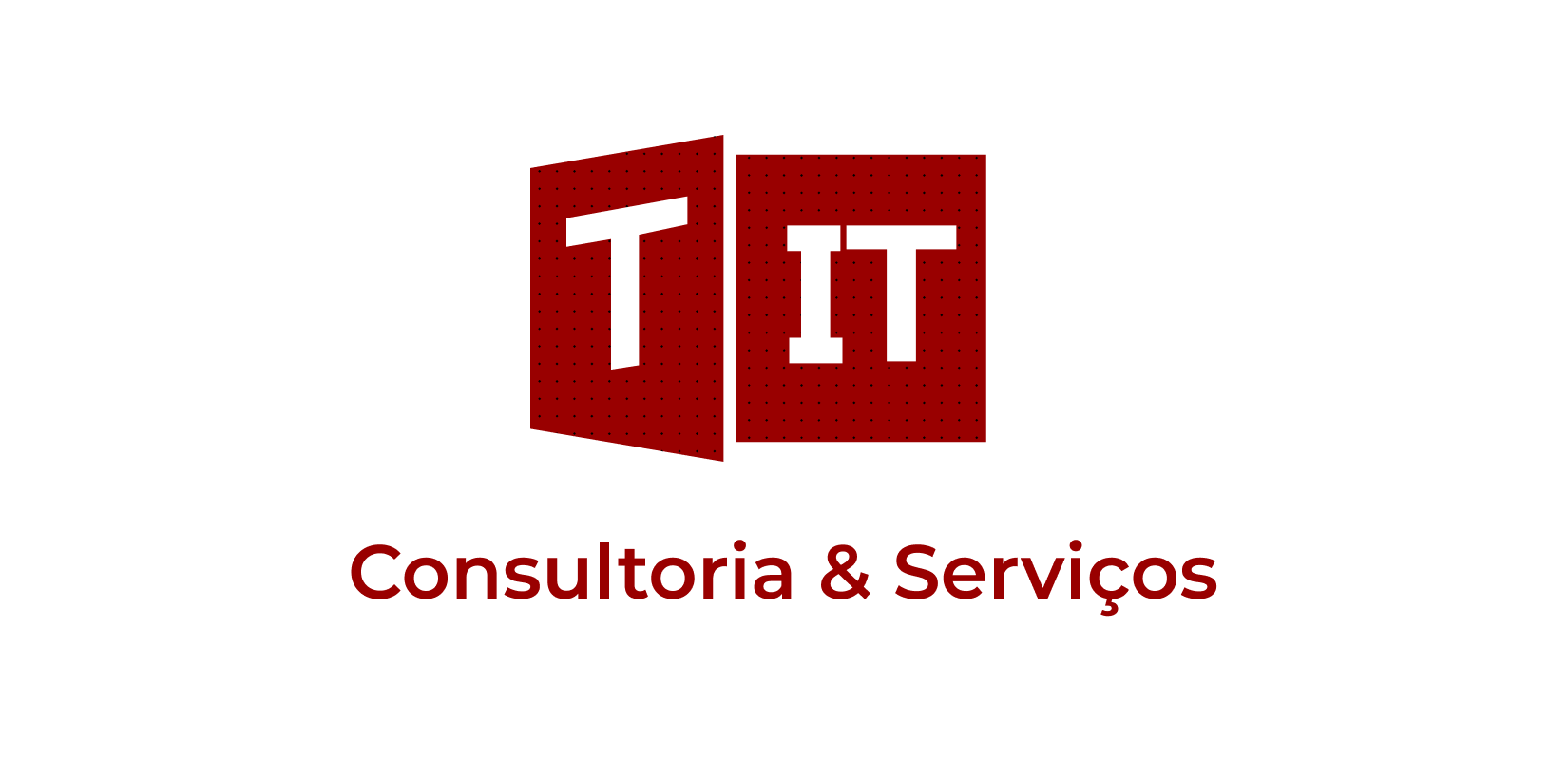

 Follow @cardiolog
Follow @cardiolog 